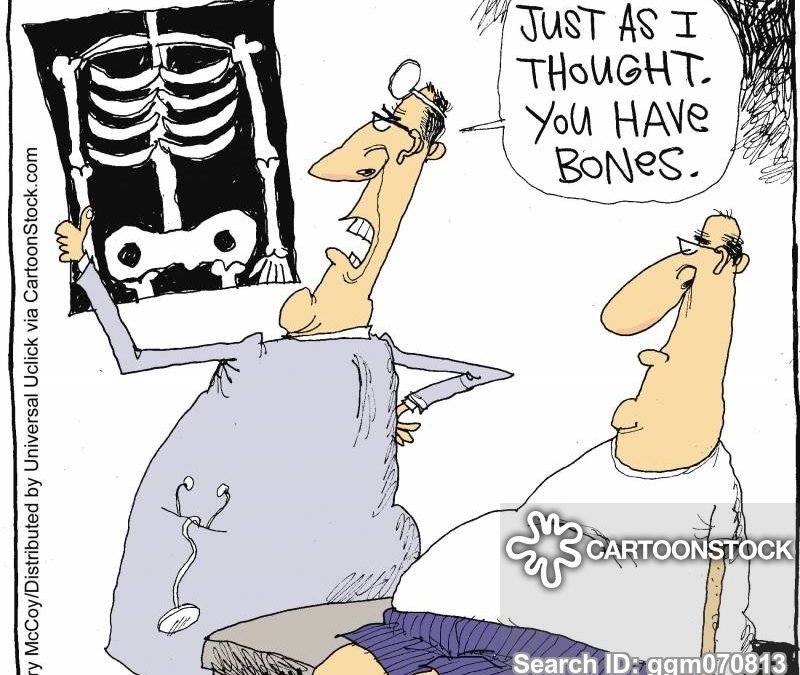Studies have shown that 1 out of 10 people over the age of 60 that present to the ER with abdominal pain will die. Let that settle in. Not: will need antibiotics, or will need to be admitted, or will need a turkey sandwich. 1 in 10 will DIE. Roughly 1 in 3 will require surgery.
In the 21st century, there is almost no reason to order plain films on an elderly patient who presents with abdominal pain.
Heck, there’s almost no reason to order them on young people with abdominal pain. A recent lawsuit involved a woman in her 40s who was discharged home with a diagnosis of ‘abdominal pain’ and ‘urinary tract infection’ after having negative abdominal x-rays. She later developed intestinal perforation and sepsis from diverticulitis that was missed. There is no way to know what, if anything, a CT scan might have shown. But when the physician is being cross examined by opposing counsel, and asked what he or she was considering in the differential diagnosis when the x-ray was chosen as the imaging study of choice, there’s no way it will end well for the physician.
Failing to consider a broad differential? You lose. Considering the differential but failing to order the best (and readily available) test? You lose.

The leading cause of malpractice cases for the Emergency Department is a ‘failure to diagnose’. Abdominal x-rays are severely limited in diagnostic capability when compared to CT and failure to order a CT scan is one of the top allegations in these cases. Now that we’ve established that you should just order the CT, let’s take it one step further: with contrast or without?
There was a lawsuit of a young woman who presented with acute onset right flank pain, nausea, and vomiting. Not much tenderness on exam. CT without contrast ordered and there was no stone. That’s probably the first and last thing that was on the differential. If you read the actualy body of the CT report and not just the summary, the radiologist stated; “appendix is obscured and cannot be visualized”. The next day, the patient returned with a ruptured appendix.
Take-home points:
Justify your decision-making in the chart
You don’t have to order the biggest test for every patient. But be aware of the limitations of the tests you do order, and address that in your documentation. “Given that the patient did not have…” or “History and exam was most consistent with…” or “Considered xxx but…”
Share the blame
Engage in shared decision-making. Document that you involved the patient and/or family and they were on board with your orders, they understood the limitations. “Patient understands potential for xxx, yyy still remains, however…”




